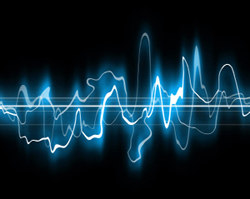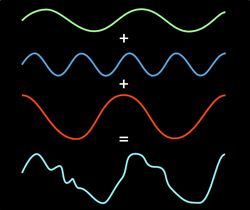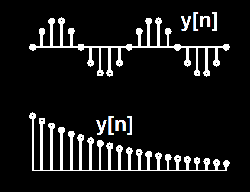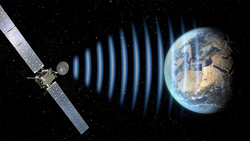ECE 2200 Contents
Syllabus and Course Details
Homework and Exams
Projects and Labs
Note: Lecture Notes and Handouts are not available for this course.
Course Description
This course introduces students to signals and the techniques used for processing signals. The course covers both discrete-time and continuous time signals.
Topics covered in ECE 2200 include frequency-based representations: Fourier analysis and synthesis; discrete time linear systems: input/output relationships, filtering, spectral response; analog-to-digital and digital-to-analog conversion; continuous time signals and linear time invariant systems: frequency response, continuous-time Fourier transform, discrete time Fourier transform, discrete Fourier transform, fast Fourier transform, z-transform.
Instructor(s)
Peter C. Doerschuk
305 Phillips Hall, Ithaca, NY 14853
607-255-4179
Email: pd83 at cornell.edu
Lang Tong
384 Rhodes Hall, Ithaca, NY 14853
607-255-3900
Email: lt35 at cornell.edu
Course Level
Undergraduate (sophomore level)
As Offered In
Spring 2016
Required Text(s)
James H. McClellan, Ronald W. Schafer, Mark A. Yoder, “Digital Signal Processing First”, Second Edition, Pearson Prentice Hall (2016).
Course Structure
This course consists of:
- Two weekly lectures
- One lab every other week.
- Three prelim exams and one final exam.



